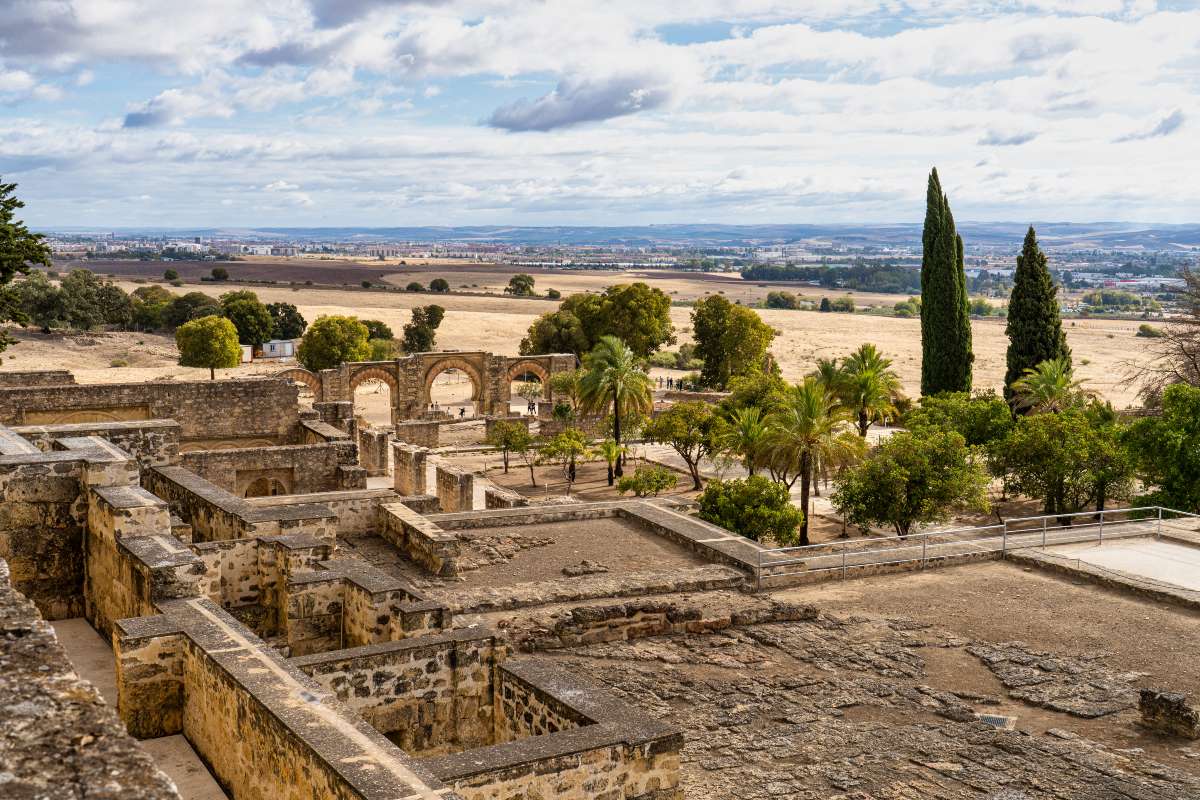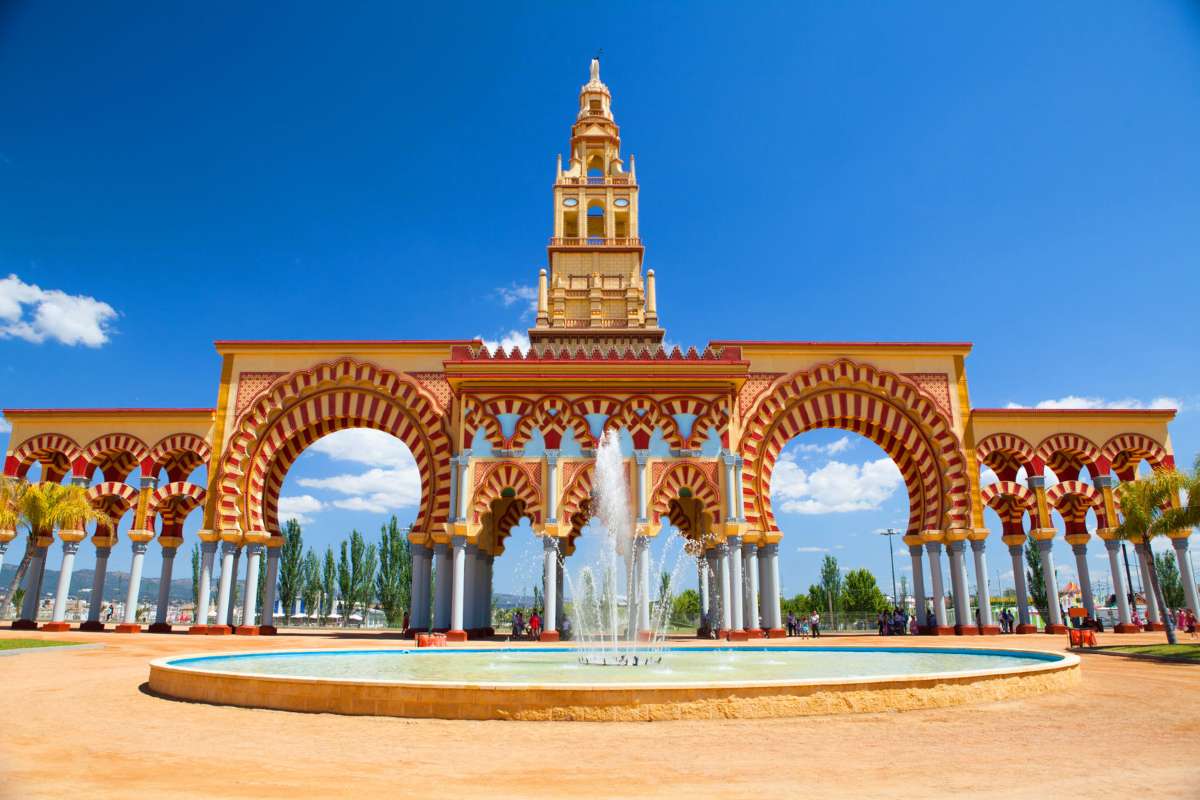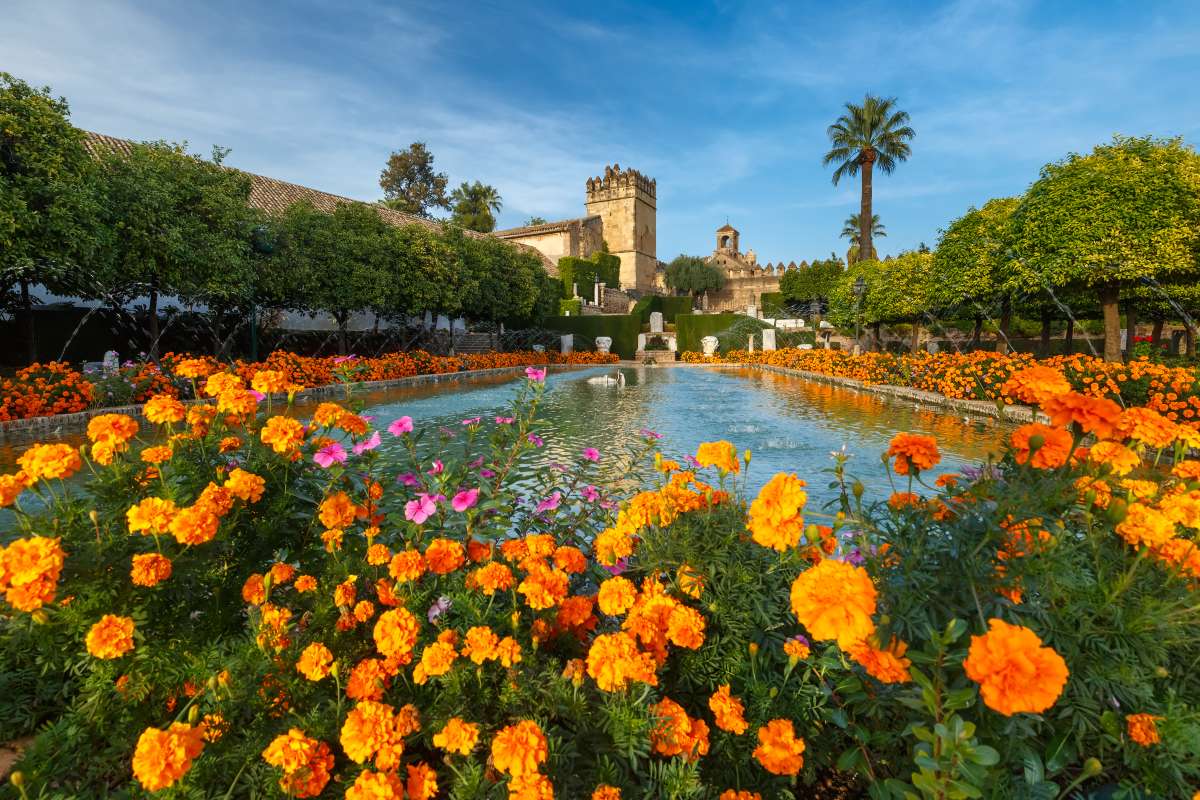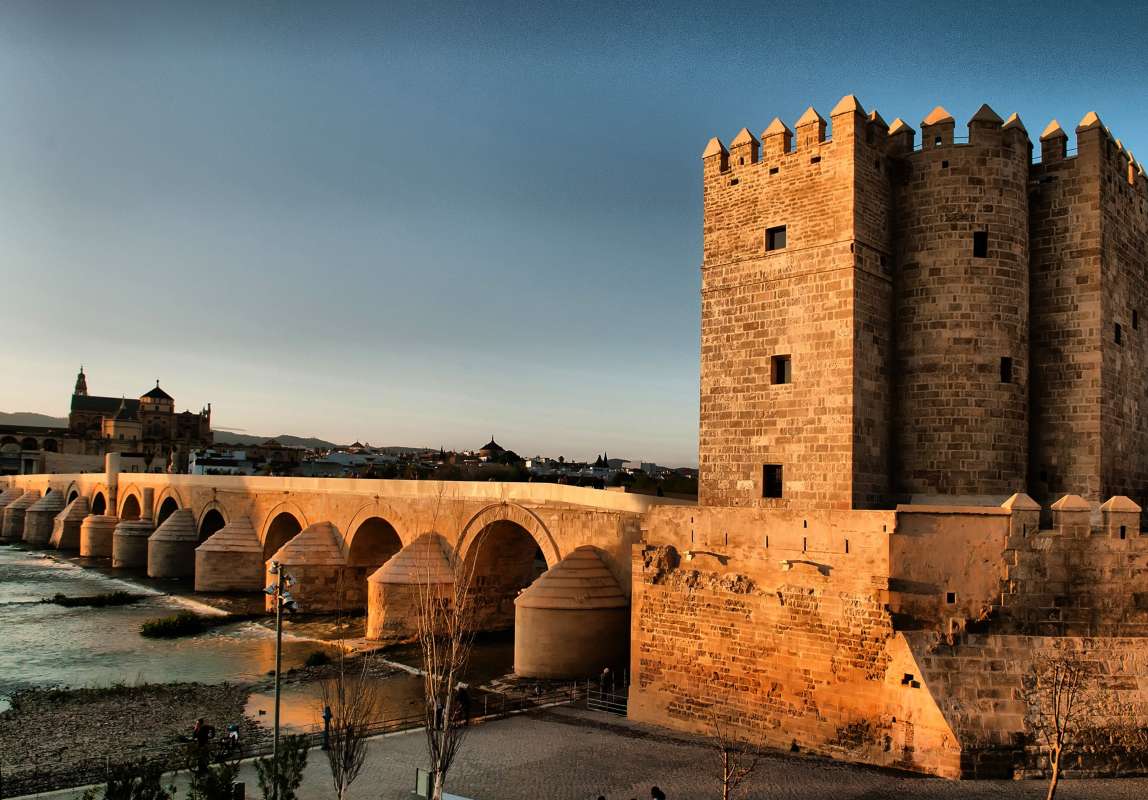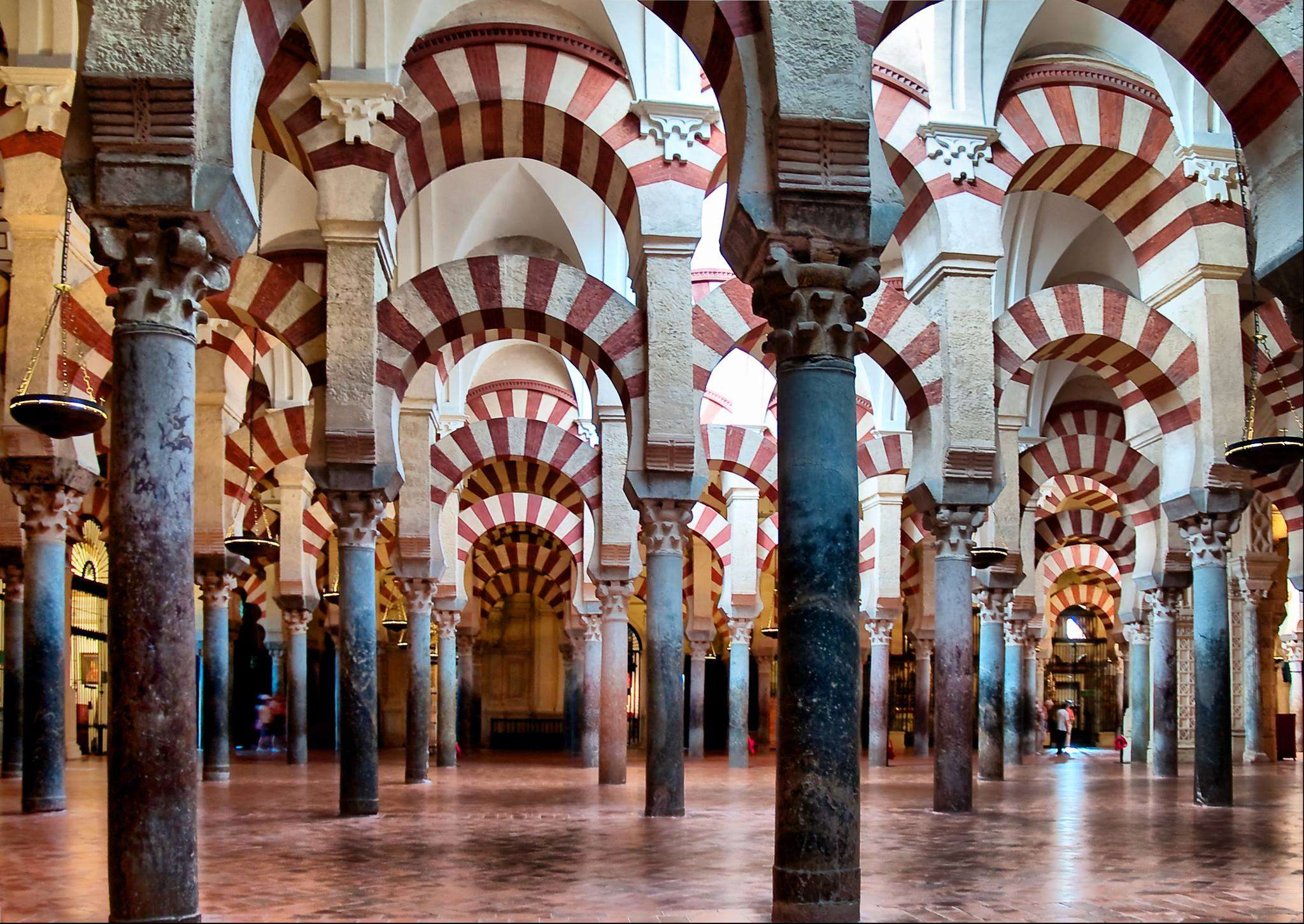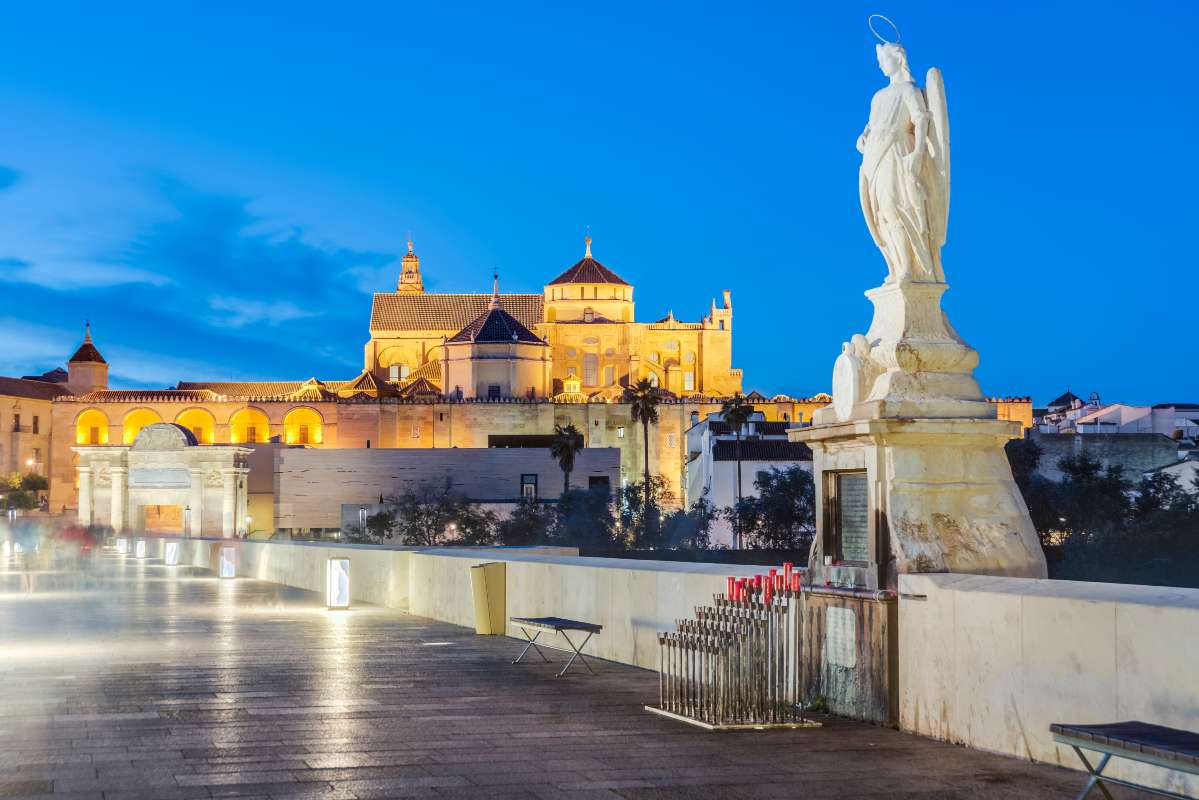Cordoba Fascinating Facts
Cordoba, a city with a rich history and an impressive architectural heritage, is located in the heart of Andalusia in southern Spain. Its importance dates back to ancient times, when it was the capital of the Roman province of Hispania Ulterior and later became one of the main cultural and political centres of the Islamic Caliphate. Over the centuries, Cordoba has witnessed a fascinating mix of cultural and religious influences, leaving a lasting imprint on its cityscape and unique identity.
The city of Córdoba reached its peak during the Islamic period, when it became the capital of Al-Andalus under the Caliphate of Córdoba. During this time, the city flourished as an important centre of learning, with a multicultural population and a thriving economy. One of the most outstanding achievements of this period was the construction of the Mosque-Cathedral, a masterpiece of Islamic architecture that fused Islamic and Christian elements. The Mosque-Cathedral of Cordoba is one of the city’s main tourist attractions and a symbol of its rich cultural heritage.
After the Christian Reconquest in the 13th century, Cordoba experienced a period of decline. However, it retained its historical and artistic importance, and its historic centre was declared a UNESCO World Heritage Site in 1984. The maze of narrow cobbled streets of the old town is home to a wealth of monuments, charming courtyards and lively squares. It is a tangible testimony to the diverse history and the coexistence of different cultures that have left their mark on the city.
If you come to Cordoba as an Erasmus student, you will know that you are not coming to just any city, but to a city with a wealth of history, a lot of traditional charm and a vibrant student life.
Discover with us some fascinating facts about the city of Cordoba:
Capital of the Caliphate: During the Islamic period, Cordoba was the capital of the Caliphate of Cordoba, which was established in the 8th century. During this time, the city became a cultural, political and economic centre of great importance in Europe, rivalling cities such as Baghdad and Constantinople.
The only Mosque-Cathedral in the world: Without a doubt, one of the most emblematic places in Cordoba is the Mosque-Cathedral. Its impressive architecture and intricate design of horseshoe arches and columns create a unique and magical atmosphere. Surprisingly, inside the Mosque-Cathedral is the Capilla Mayor, a Renaissance space built in the heart of the original Islamic building. The unique blend of Islamic and Christian architectural styles makes it a testament to the cultural diversity of the city.
Roman Bridge: The Roman Bridge, built in the 1st century BC, is another iconic symbol of the city. Crossing this bridge over the Guadalquivir River offers a spectacular view of the city and its surroundings. Over the centuries, it has witnessed numerous historical events and remains a vital connection between Cordoba’s past and present.
The Library of Al-Hakam II: During the Caliphate of Cordoba, the city was an important centre of learning and knowledge. Caliph Al-Hakam II built an impressive library in the 10th century that housed thousands of manuscripts and books. This library, known as the “mother of Western libraries”, was an important focus of study and preservation of knowledge in its time.
Caliphate Baths: Cordoba was famous in Islamic times for its public baths, known as the Caliphate baths. These baths were places for social gatherings and hygiene, where people met to enjoy thermal baths and relax. Today, you can visit the Caliphal Baths, which offer a fascinating glimpse into the daily life of the time.
Alcázar de los Reyes Cristianos: This imposing fortified palace, built in the 14th century, was the residence of the Catholic Monarchs and the scene of important historical events. Its beautiful gardens, courtyards and pools are a delight for the senses and evoke the grandeur and splendour of the era.
Córdoba Fair: Every year in May, Cordoba is transformed into a place of celebration with the Cordoba Fair, also known as the Fair of Our Lady of Health. For a week, the city fills with stalls, music, flamenco dancing and horse parades. It is an opportunity to immerse yourself in Andalusian culture and enjoy the festive hustle and bustle.
The City of Three Cultures: Cordoba has historically been known as the “City of Three Cultures” due to the coexistence and cultural exchange between Muslims, Jews and Christians over the centuries. During the period of the Islamic Caliphate, the city became a centre of learning and religious tolerance, where the three communities lived and worked together in relative harmony. This coexistence is reflected in the city’s architecture, art and traditions.
In the heart of the old Jewish quarter, you will find the Cordoba Synagogue, one of the few remains of the medieval period in Spain. This historic building, built in the 14th century, is a tangible testimony to the city’s Jewish heritage and an example of the Jewish cultural influence in Cordoba. This legacy is also evident in Cordoba’s gastronomy, as it combines elements of Arab, Jewish and Christian cuisine, creating a unique fusion of flavours and culinary techniques. Dishes such as salmorejo, flamenquín and pastel cordobés are examples of this fusion of cultural influences.



